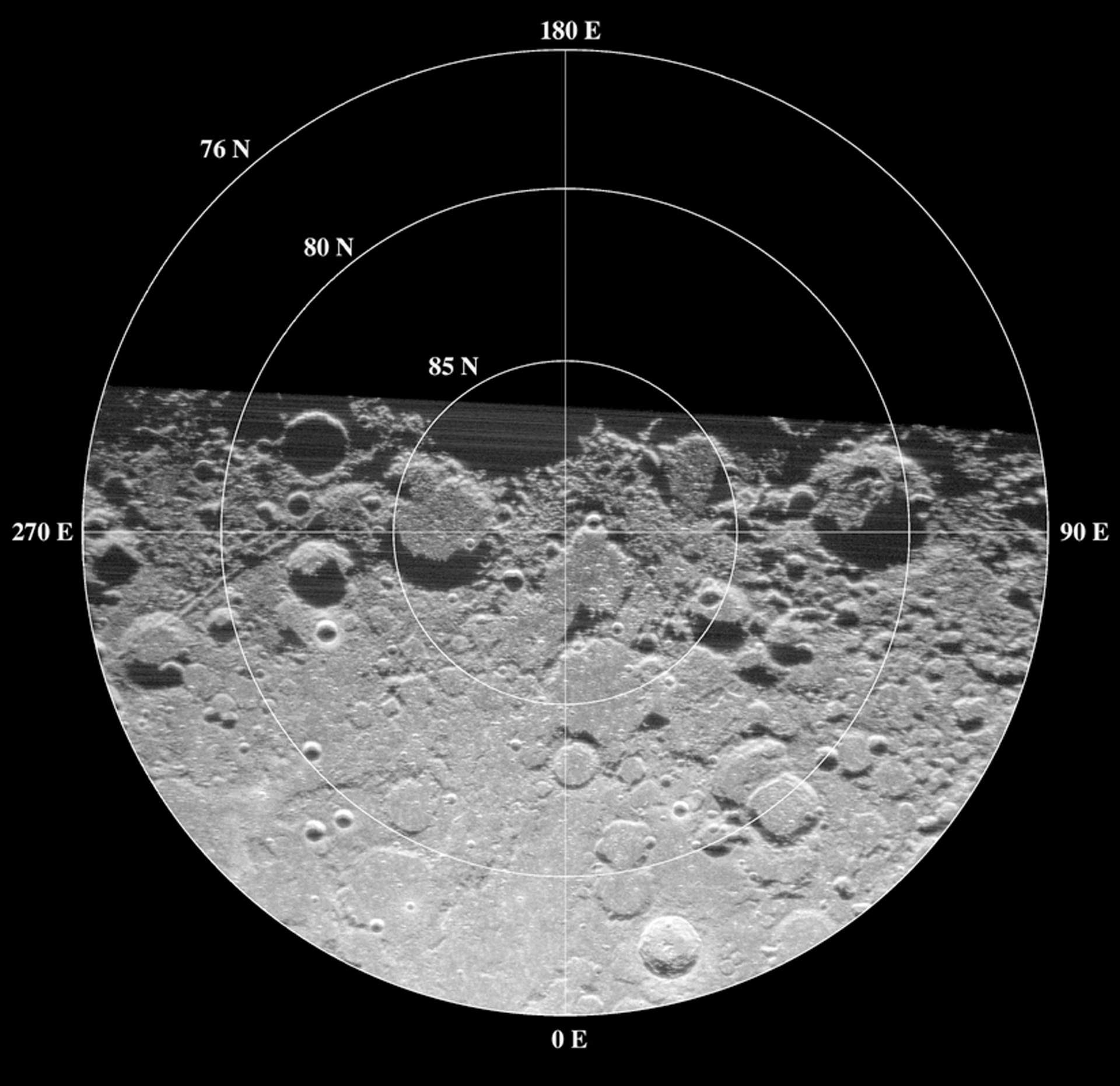How Often Do We Have a “Blue Moon”?

Question:
I’ve noticed quite a few full moons this past year. The term: Once in a blue moon.
This poetic phrase refers to something extremely rare in occurrence. A blue moon is the term commonly used for a second full moon that occasionally appears in a single month of our solar-based calendars. I witnessed at least 3 full Moons this week alone. Isn’t this peculiar? And this isn’t the only month this year multiple full moons were present in 1 month.
Answer:
Unfortunately, there are two commonly used definitions for a “Blue Moon”. Since a year has 12 months, and the seasons – winter, spring, summer, fall – are each three calendar months long, we normally expect to see three full moons per season. Since the phases of the Moon actually take about 29.5 days to complete, we can sometimes get four full moons in a season. In a season with four full moons, the third of those four full moons is called a “Blue Moon”, according to the old Maine Farmer’s Almanac.
Another definition of the Blue Moon, which is the more commonly used interpretation of the phrase, is actually due to a mistake originally made in the 1940s. This definition describes the Blue Moon as the second full Moon in any calendar month with two full moons, which happens about every 2.5 years. By this definition October 31, 2020 was a Blue Moon, the only one in 2020. You can read more about the Blue Moon’s cultural history and definition in an Earth and Sky article by Bruce McClure and Deborah Byrd on the subject.





